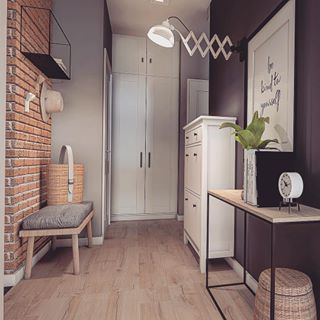Believe it or not, there are plenty of simple visual tricks out there that can give the illusion of more space and make your home look bigger, and they don’t require any major renovations.
You can literally “open up” any room with them and make a small room feel bigger without spending a single dime or tearing down a single wall.
Would you like to know how? Check out our list of tricks and pick the ones that can help you:
Firewalls
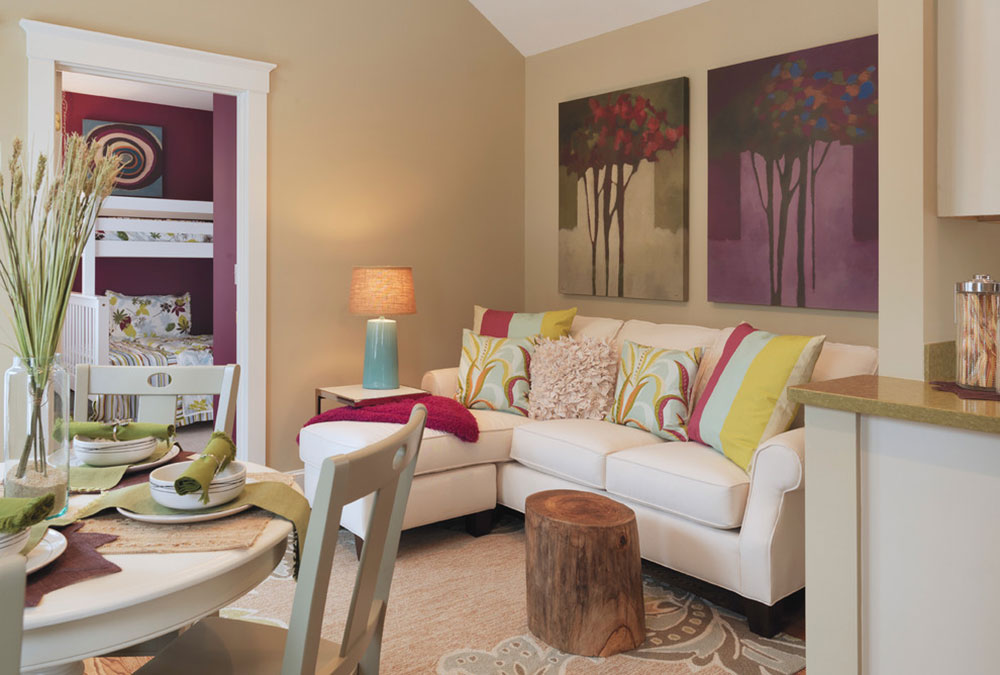 Image source: Mandeville Canyon Designs
Image source: Mandeville Canyon Designs
If you’re already using a neutral palette in a small spot as expected, consider spicing it up with a darker, contrasting shade.
For example, if your walls are beige, choose a taupe wall that will still allow the other three to blend in but will make them look a lot bigger than before.
The magic of carefully used dark colors is that they distract neutral places without keeping all the attention to themselves, especially when applied to window walls in a beige / white setting.
It is also a wonderful idea to put light furniture in front of them, as this also weakens their shocking effect.
However, do not forget to keep the general scheme bright, as it will add the greatest spaciousness and fresh breeze inside.
Don’t go too far with furniture
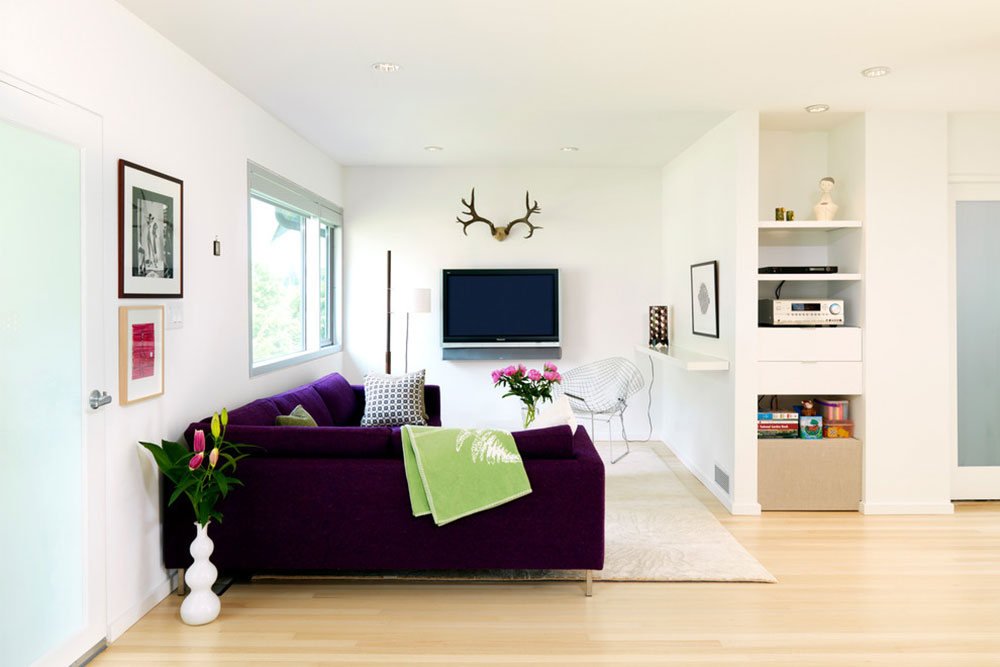 Image source: P + A Interiors Inc.
Image source: P + A Interiors Inc.
Your space is already small, so don’t mess it up with unnecessary elements to make it look even clumsier and more crowded.
Overdoing it with furniture is not a practical solution, even in larger rooms. So keep the things on display to a minimum. For example, replace the two sofas that are not really needed with a single, larger one or use as few chairs as possible.
Use transparent objects and hang mirrors
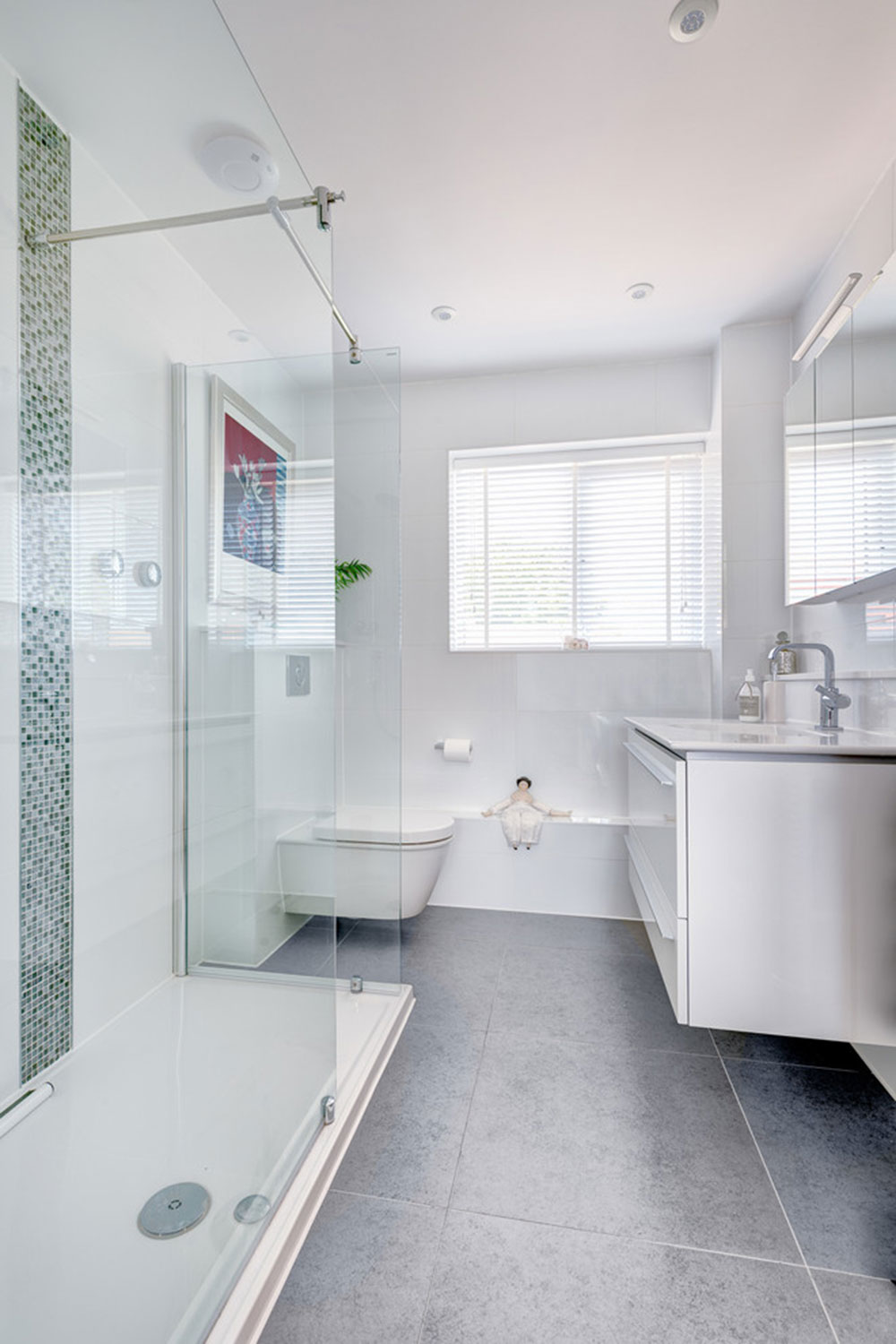 Image source: Colin Cadle Photography
Image source: Colin Cadle Photography
Wherever possible, glass is welcomed in a small space. Mirrors, for example, are unbeatable when it comes to larger room illusions, as careful placement can add significantly more square meters to the room than you can ever imagine.
Plus, mirrors are beautiful, timeless, and chic, and you can use them in many clever ways and combine them with any style.
While transparent objects are generally not that popular for high-traffic spaces, they can make the most of them when renovating your bathroom.
Instead of a curtain, install glass doors on the shower and make every corner of the bathroom completely visible. If your doors are made of wood, you can even replace them with matte or French panes of glass.
Don’t stand in the way of the light
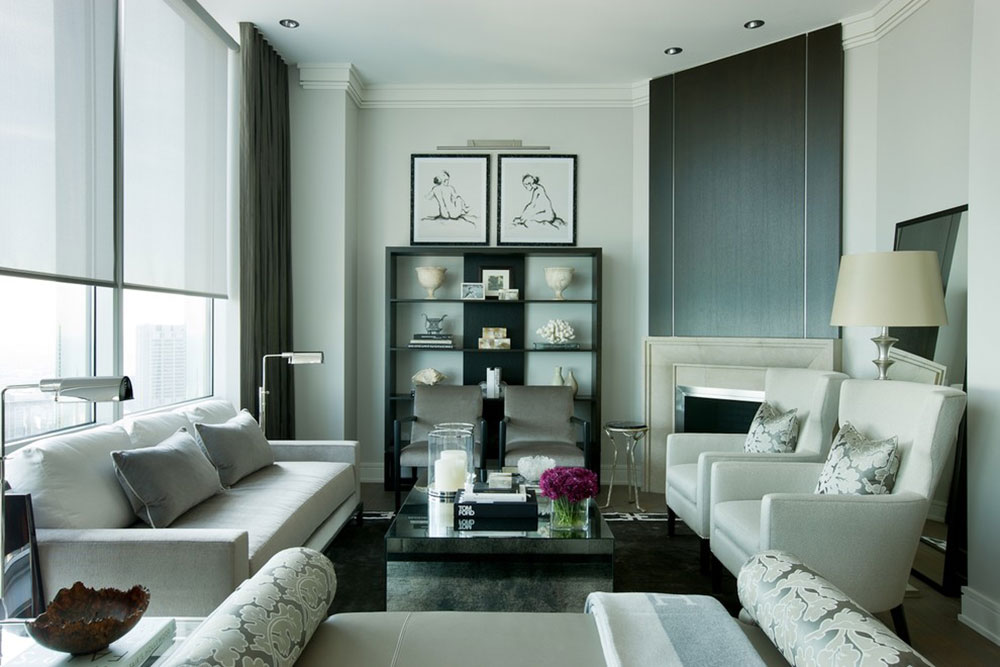 Image source: Jamesthomas Interiors
Image source: Jamesthomas Interiors
Light is a natural way to expand tiny spaces. This is exactly why you need to appreciate the large windows that you have.
Use them to the fullest and cover them as translucently or infrequently as possible because the more natural light that comes in, the more positive, fresher, and energetic the room will feel.
You will add length and depth at the same time, even without exaggerated and attention-grabbing solutions. In case you need scissors to protect your privacy, hold them lightly or pull them back for as long as possible.
Add artificial light
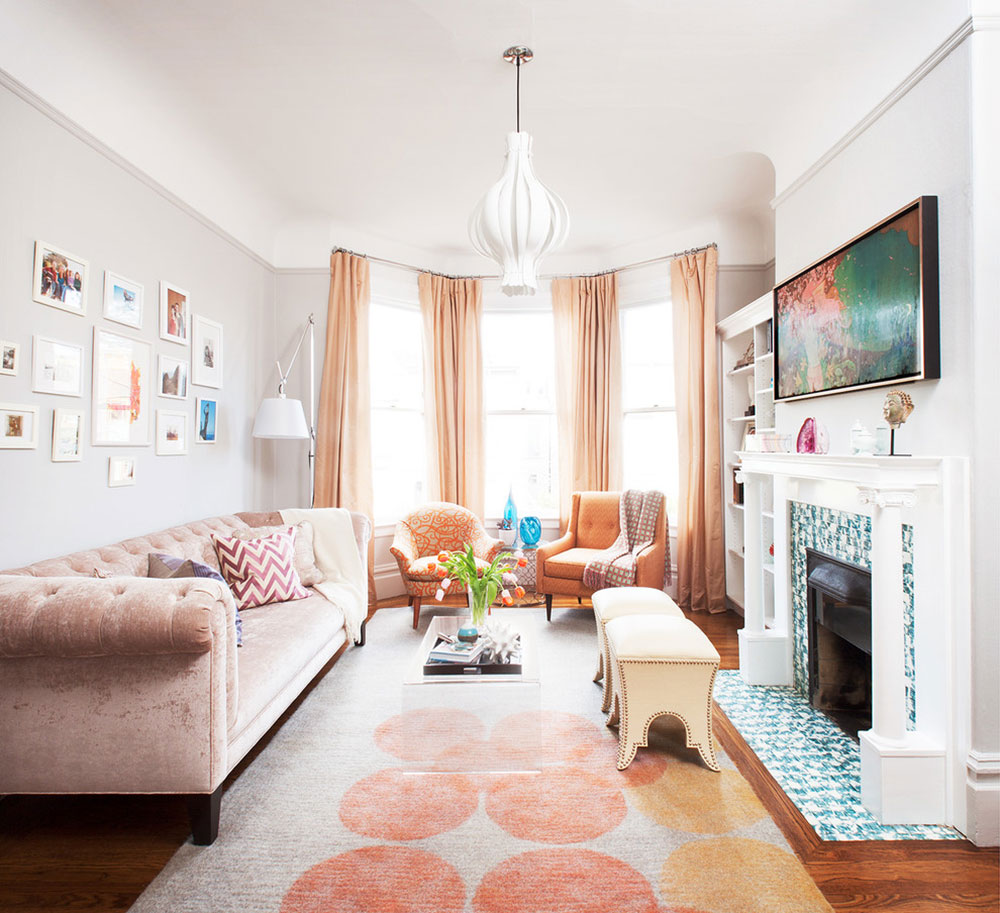 Image source: Melanie Coddington
Image source: Melanie Coddington
There will never be too much light in a small room. So make sure you support the sun with some artificial light. You can use floor or table lamps, pending lights, or even chandeliers to make the space more stylish and welcoming.
Continuous flooring
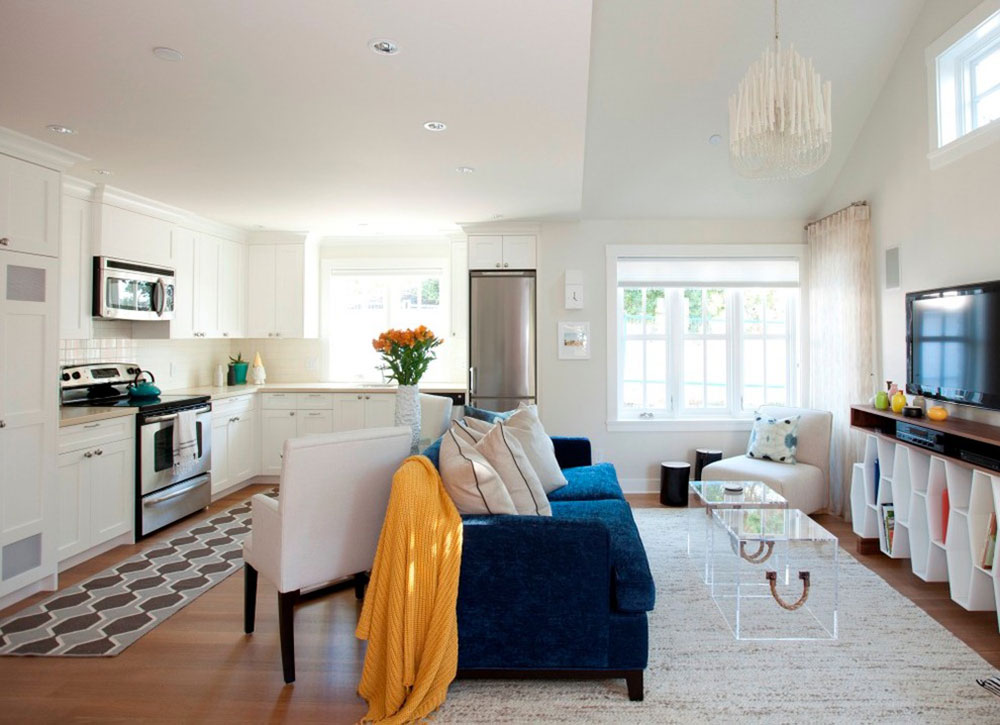 Image source: Tanya Schönroth Design
Image source: Tanya Schönroth Design
The number one rule in small houses is to keep the floors uniform and uniform as this way the place will look a lot longer than it actually is.
Installing kitchen linoleum and hardwood in the living room doesn’t help the whole picture. Therefore, choose a durable and practical option that will suit the needs of any space.
Skip rugs and patterned rugs at the same time, unless they have the strong vertical stripes printed on them to add to your roominess.
Reuse furniture
Or, better explained, fool the eye with creativity and multifunctional pieces. Physically, this will make your space less cluttered and provide additional storage that you never knew you could count on.
To take just one example, it’s easy to use your comfy ottoman as a serving table (while also storing a few things in it) or opening up the wall-mounted console and using it as a large dinner table.
Your dresser can also become your bedside table while the heavy desk can pull its weight to become your brand for your double bed at night.
Go vertical
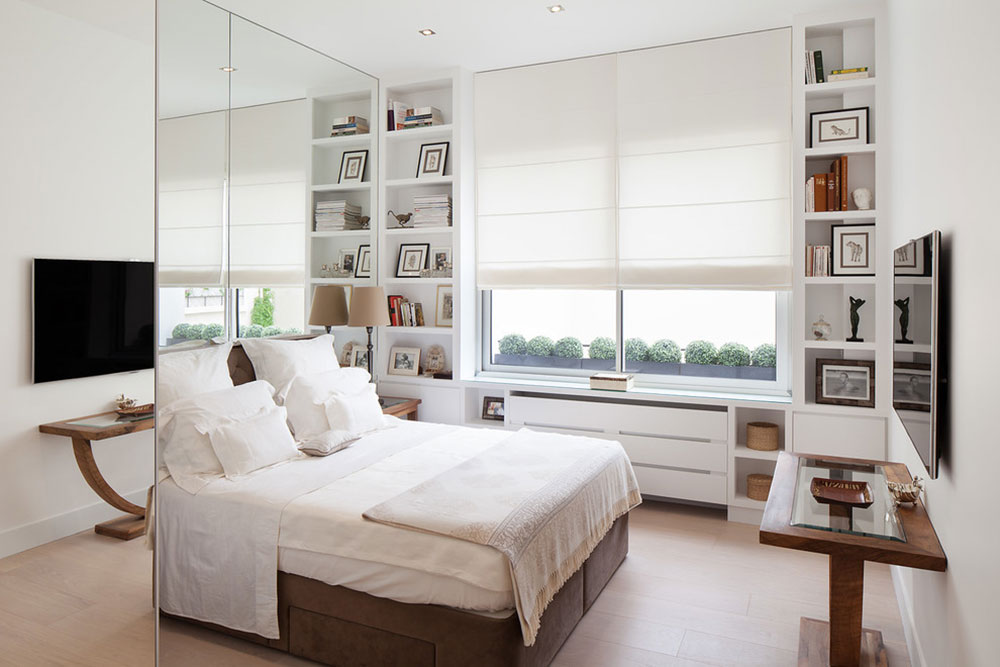 Image source: CDA DESIGN
Image source: CDA DESIGN
The one dimension that you haven’t considered in your small space is the vertical, and this is where you can indulge, experiment and customize.
Think high areas, for example: they have become hugely popular with their unique vertical sets of shelves, inconspicuous corners, and storage under the stairs.
What designers have done there is to get the most out of this space. So try to hire a contractor to do the same for you.
First of all, you don’t even have to ask for professional services – try open shelving yourself and remove any bulky items from the way. Looks good doesn’t it? Go on!
Pull back or extend the curtains
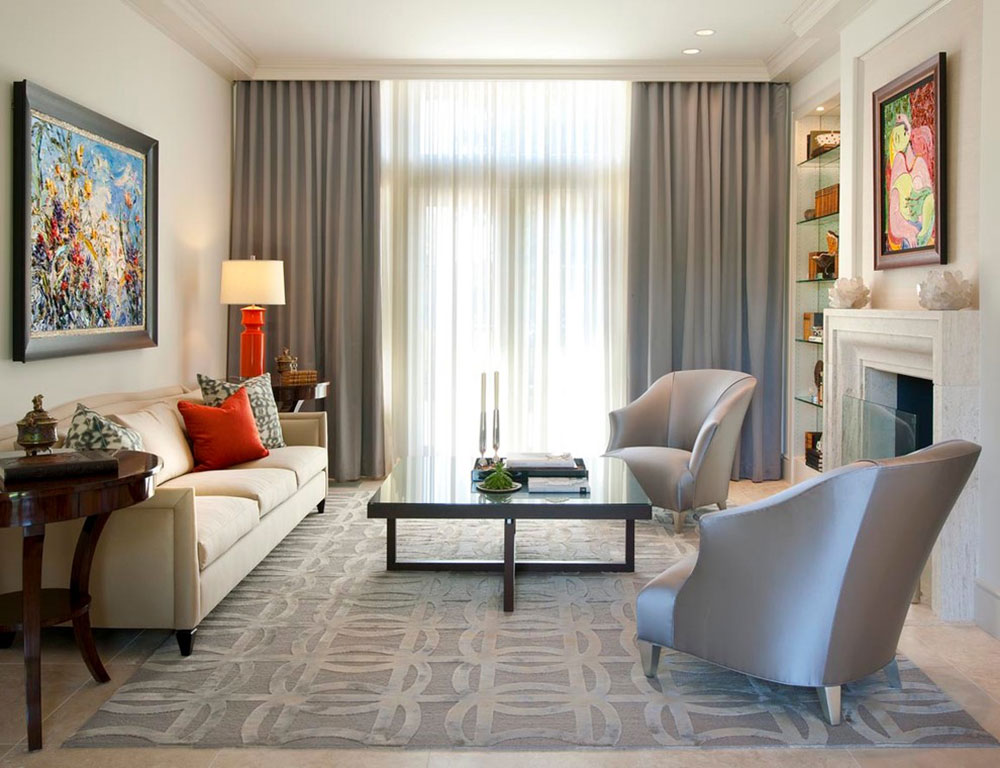 Image source: Amelia’s house
Image source: Amelia’s house
Open windows are common sense in small spaces, but there is one more important window trick to keep in mind.
The longer the curtain rod compared to the actual size of the window, the larger the window will appear, and this applies to both width and length.
This way you kill two birds with one stone: the ceilings also appear higher than they actually are. If two or more windows are placed side by side, you can even think of a single wall-to-wall curtain.
Transparent elements
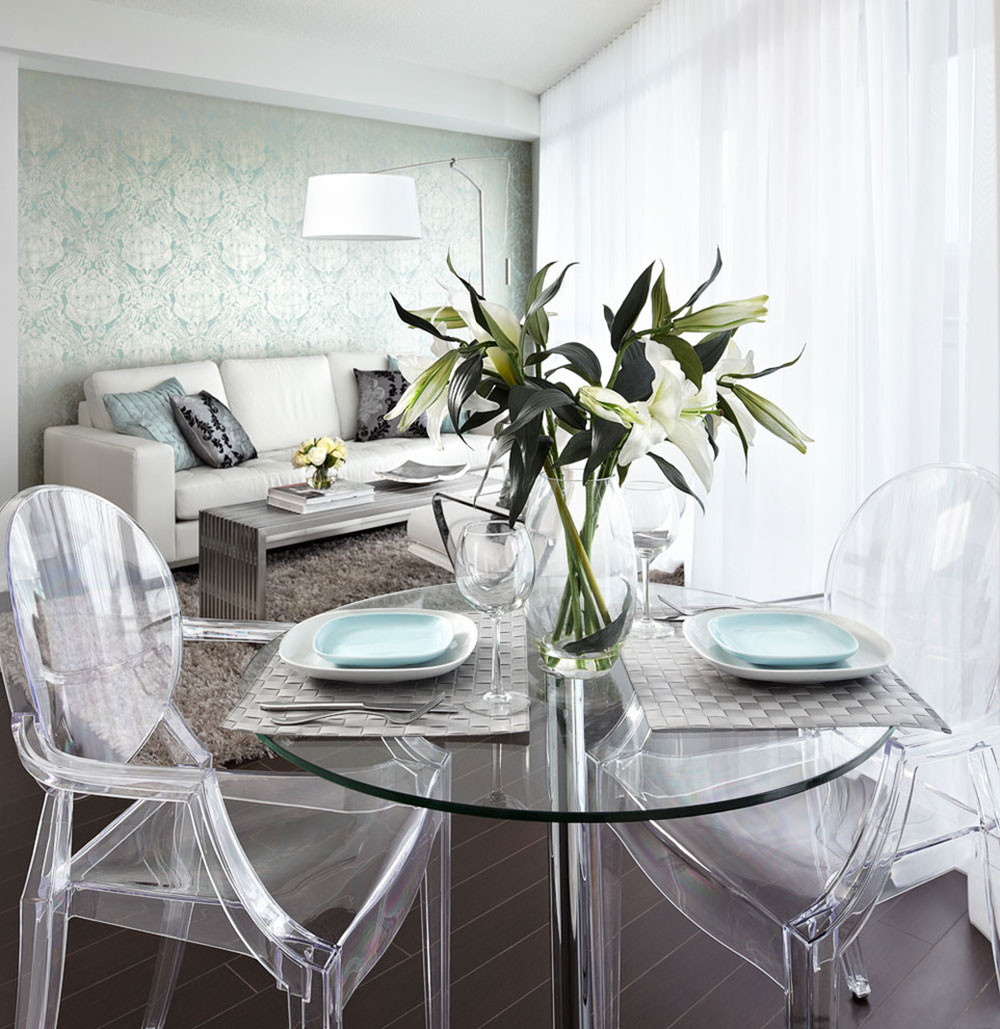 Image source: Lisa Petrole Photography
Image source: Lisa Petrole Photography
The problem most small homeowners run into is that even the smallest and most sized moderated pieces they buy make their rooms feel cramped. But that doesn’t have to mean that you have to limit your supplies to a mattress and a table!
Instead, consider acrylic furniture to complement a furnished apartment (it can be used on tables, desks, chairs, consoles, etc.) and your space will never look cluttered.
Transparent pieces of furniture fit seamlessly into the interior and look like they’re not there at all.
At the same time, they are characterized by the fact that they make a powerful style statement and immediately enhance any decoration scheme – the so-called Ghost chairs are among the most popular pieces of furniture in the world.
The principle of less is more
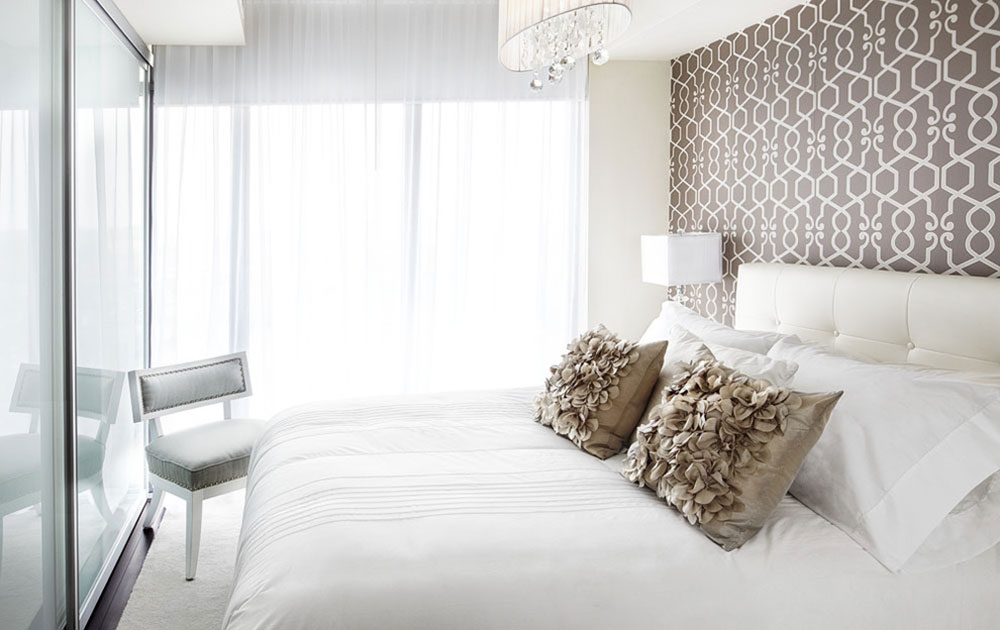 Image source: LUX design
Image source: LUX design
You heard about it, didn’t you? This rule sounds strange, but it is probably the most logical design approach you can use in a small home.
The same applies to the cantaloupe rule: simply do not place large elements in places the size of a cantaloupe. Large furniture is generally a good solution, and large but few well-chosen pieces are much better than the hundredths we buy from thrift stores every day (as long as we place them carefully).
In addition, large furniture makes a stronger statement and is far more practical for a uniform look.
Do not push the furniture too close to the walls
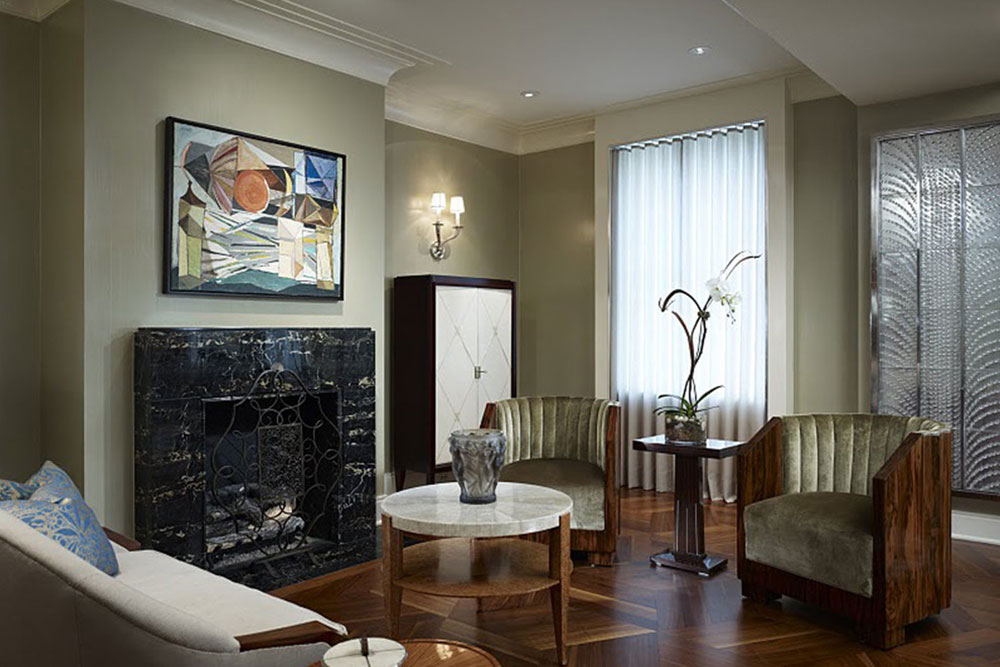 Image source: Rugo / Raff Ltd. Architects
Image source: Rugo / Raff Ltd. Architects
Pushing furniture elements against the walls the only thing you get is a cramped and busy look and that doesn’t really help your idea of using spacing tricks.
Instead, pull the elements a few inches away from the wall (as much as your space allows), especially when talking about larger elements.
Strategic painting
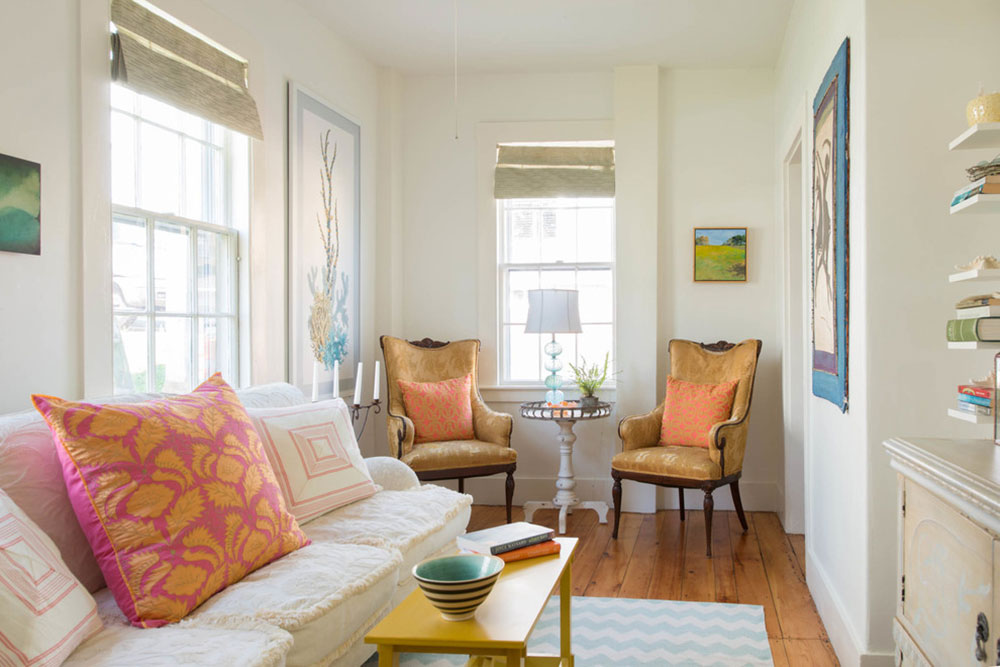 Image source: Lisa Teague Design Studios
Image source: Lisa Teague Design Studios
Try matching the color of the walls and floors so that the edges between them are less noticeable. Apply the same rule to walls and cladding, ceilings and door / window frames.
Keep the ceiling as light as possible to make it appear taller.
Practical storage solutions
In bathrooms and kitchens there are plenty of places that hide incredible storage capacity. For example, they could think of repurposing the space under counters or between cabinets and hiding as many things as possible in their large drawer boards.
At the same time, you can hang items on the inside of the cabinet doors, in the smaller cooling sections, under the sinks or on the sides of the door.
The less visible your utilities, the bigger the place becomes. Therefore, consider vertical shelves to display your accessories and collections in a unique way.
 Flower Love
Flower Love
